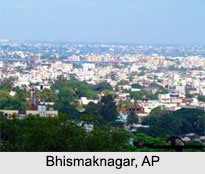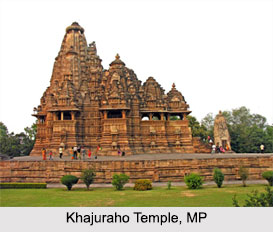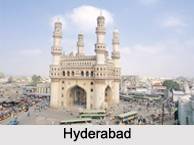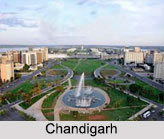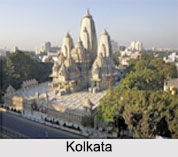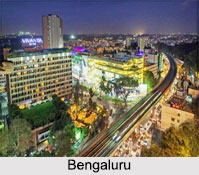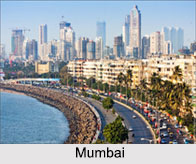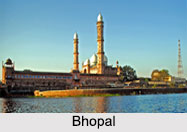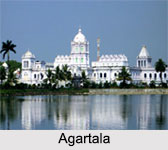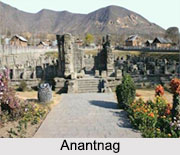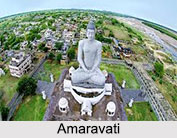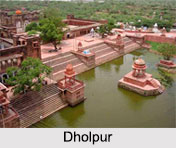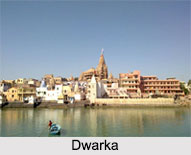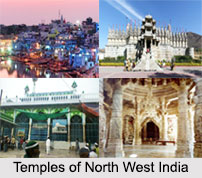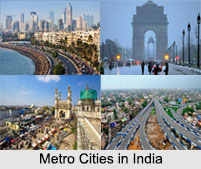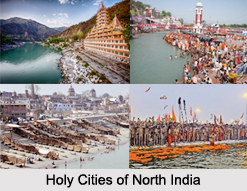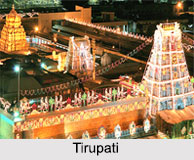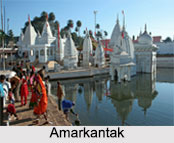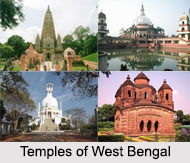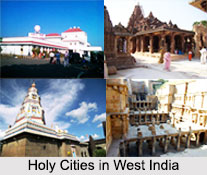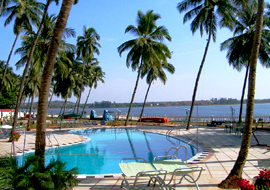 Mapusa is situated 13 Kms, north of Panaji, the capital of Goa. It lies at the crossroads of National Highways. It is the first important town that welcomes its tourists while entering Goa from Maharashtra. Mapusa is the also the third largest town It is well connected with Panaji and Goa via road and its nearest railway station, Karmali. Mapusa is considered as the largest urban centre in Northern Goa. The city has many residential and commercial establishments for its tourists and local people. The Chapora River in the city provides navigational facilities to its people.
Mapusa is situated 13 Kms, north of Panaji, the capital of Goa. It lies at the crossroads of National Highways. It is the first important town that welcomes its tourists while entering Goa from Maharashtra. Mapusa is the also the third largest town It is well connected with Panaji and Goa via road and its nearest railway station, Karmali. Mapusa is considered as the largest urban centre in Northern Goa. The city has many residential and commercial establishments for its tourists and local people. The Chapora River in the city provides navigational facilities to its people.
Mapusa is pronounced by its people as `Map-sa` after the Konkani words for `measure` and `fill.` Being the chief commercial centre it acts as the main town for its tourists staying at either Anjuna or Chapora. Mapusa is the capital of Bardez taluka, North Goa. Mapusa is famous for its Friday Market where the whole of Bardez comes to buy and sell products of all kinds.
Tourist Spots in Mapusa
The town of Mapusa is surrounded by beaches like Calangute Beach, Candolim Beach, Anjuna Beach and Baga Beach. It is a small beautiful town with mostly modern building spread around the slopes of a small hillock. The town is also a religious centre with many beautiful temples and churches that are visited by the tourists. The popular temples visited by the tourists are Kalikadevi, Hanuman Temple, Dattatraya Temple, Shantadurga Temple, Devi Shravani, Sapteshwar-Bhagwati Temple, Morarjee Temple, Bhagwati Temple, Shree Bhagwati Temple. There are also many churches in Masupa chiefly built by the Portuguese like the Church of Our Lady of Miracles, Church of Reis Magos, Church of Mae de Deus, Church of Our Lady of Immaculate Conception and the Church of Our Lady of the Rock of France. Apart from these religious sites there are many magnificent monuments to visit like the Aguada Fort, Reis Magos Fort, Chapora Fort, Corjuem Fort, Terekhol Fort. Mapusa`s proximity to the famous beaches and temples of north has made it an appropriate tourist spot during the peak tourist season in the months of October to March.
